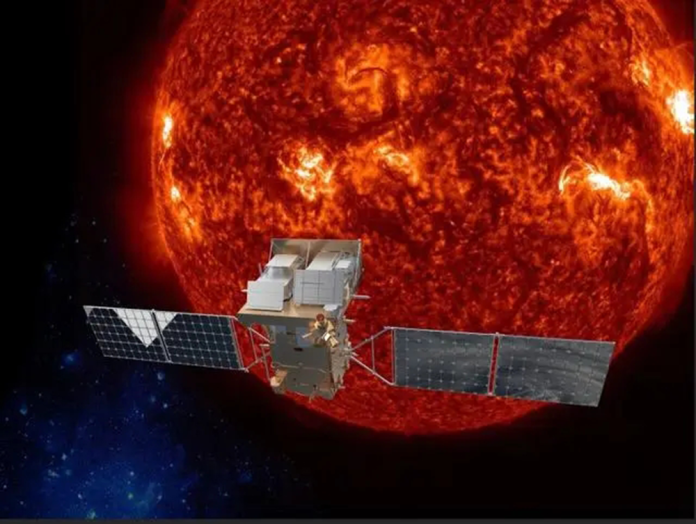White-light flares from the sun are proving to be more common than previously believed. As the sun progresses towards its solar maximum phase, its activity is escalating accordingly. In a span of just over 24 hours, from May 5 to May 6, 2024, the sun unleashed three X-class solar flares, measuring at X1.3, X1.2, and X4.5 respectively.
Solar flares, characterized by intense bursts of energy emanating from the sun, present significant hazards to satellites, astronauts, and radio communications systems. Yet, they also gift us with the mesmerizing display of auroras.
China’s Advanced Space-based Solar Observatory (ASO-S), known as Kuafu-1 in Chinese, has been diligently monitoring these phenomena since its launch in October 2022. The Purple Mountain Observatory, under the Chinese Academy of Sciences, reports detecting over 100 solar white-light flares through ASO-S.
Solar white-light flares, manifesting as heightened radiation in the visible light continuum spectrum, are particularly noteworthy for their high energy. These flares can influence space weather, potentially causing disruptions in ground communication and interfering with spacecraft operations.


